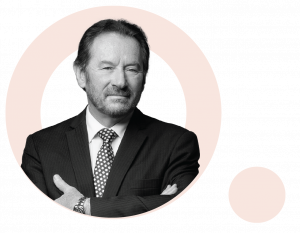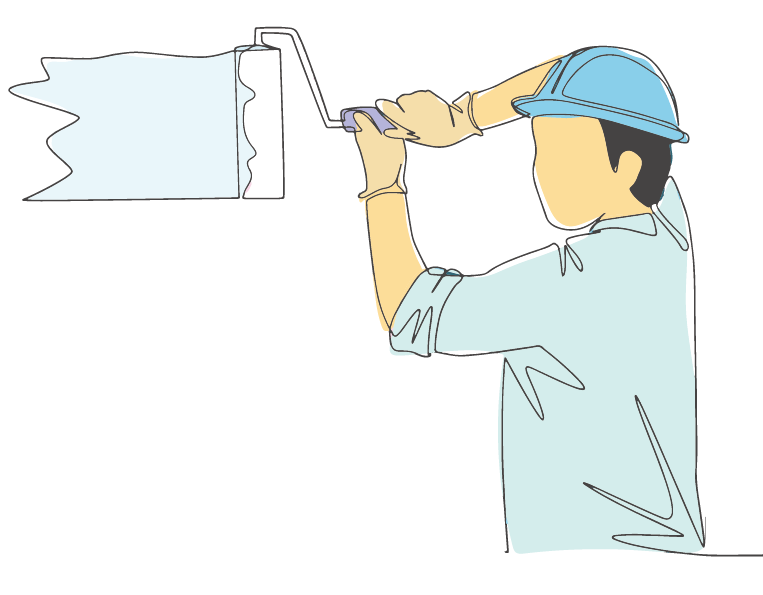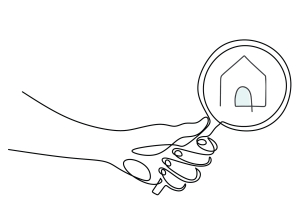
The urbanites among us know all too well the continuous growth of our capital cities. We’re exposed to the factors of growth on a daily basis; whether it is upgrades to our transportation systems, property development, or even new cultural initiatives to drive tourism to the area.
On a social level, we must also consider the national population growth (as in the number of births less the number of deaths each year) combined with domestic and international migrations to the area.
With so many factors, the growth of our capital cities is a fascinating subject, which we explore further in depth.
What drives development and growth in capital cities?
There are a number of factors that contribute to the development and growth of capital cities, which include (but aren’t limited to) factors such as employment, tourism, transportation, culture, and, most importantly, housing requirements.
Employment and educational options are a key factor when considering this, which feeds directly into transportation needs. Tourism provides monetary growth to the region, and can potentially lead to the visitor becoming a resident. Culture is then a very large factor of this, as living in an area which feeds your entertainment needs is a very attractive option, something which has caused led to a significant impact in Adelaide, for example.
Housing requirements must then be met to accommodate the growing population, leading to the rise of urban and suburban development.
As we can see, as each of these elements feed into each other, we begin to see a cycle of growth; leading to further employment opportunities within all these sectors, which in turn sets the cycle in motion once again.
Adaptation of existing infrastructures is an easier option than starting from scratch, and it’s an interesting point to note than originally urban developments were centred around where water and food was easily accessible.
Modern technology has been able to expand the reach of the perishable supply; meaning remote areas are still the least populated within Australia as the highly populated urban areas produce the very technology needed.
Where is growth occurring in Australia?
We often think of Sydney as showing the most consistent growth amongst all capital cities, but with the introduction of lock-out laws, increasing rental and property costs, and dismissal of penalty; more Australian and international residents are opting to move further away from what was once defined as our ‘Capital City by Proxy’.
Adelaide has shown some of the highest statistics of urban growth amongst all capital cities. With large productions such as the Adelaide Fringe and Motorsport Festivals, as well as a year-long line-up of events aimed at tourists and locals alike, Adelaide is quickly adopting the reputation as a major arts and cultural hub within Australia.
It’s not surprising that with this influx of visitors to the area, the demand for property has soared.
Perth has shown a similar growth pattern, which if we look at the same cultural initiatives of Adelaide, the Perth Comedy Festival has also developed an outstanding reputation, bringing in over 2.8 million domestic visitors and 0.7 million international visitors in the past year alone.
Population figures also show steady growth within large regional cities, such as the Gold Coast, Newcastle, Wollongong, Geelong and Townsville. Though further from the city hubs, the appeal of affordability has led rise to community development within these towns.
The effects of population growth and building development
Population growth has significant impacts on Australian life, requiring more infrastructure, of which the costs are often passed down to new home buyers, reducing affordability. When the population in major cities has reached capacity, planning for high-density residential developments has been an effective option. Adelaide has impressive figures throughout these developments, with new apartments having the largest average square meterage at 152.3m² – 14.9% larger than other international capital cities.
It’s not surprising then that the move to large regional cities has become an increasingly popular option – there is more green space to develop housing requirements, which provides further employment opportunities to the area in the form of new retail establishments, construction opportunities, and the building of schools, facilities and even social initiatives required to address the needs of the community.
This has lead to large regional cities being described and treated as smaller capitals in and of themselves. When all necessities are provided to address the needs of its citizens, there is less need to be within the CBD areas of capital cities.
Though regional cities are showing significant growth, it is impossible to say that our capital cities will ever be overtaken in this regard. The economical, social and development factors are already well established and can accommodate fluctuations in population readily.
Understanding the future of Australian capital cities
There will always be a need for society to be within the very heart of our capital cities, particularly amongst students and employees whose places of work or education are close by.
At the end of the day, we strive for ease when it comes to achieving a sought-after balance of work and life, and capital cities are known to provide consistent convenience for our growing population.
Guest Author: Ben Hugh Student of Bachelor of Communications (Journalism & Digital and Social Media)


























